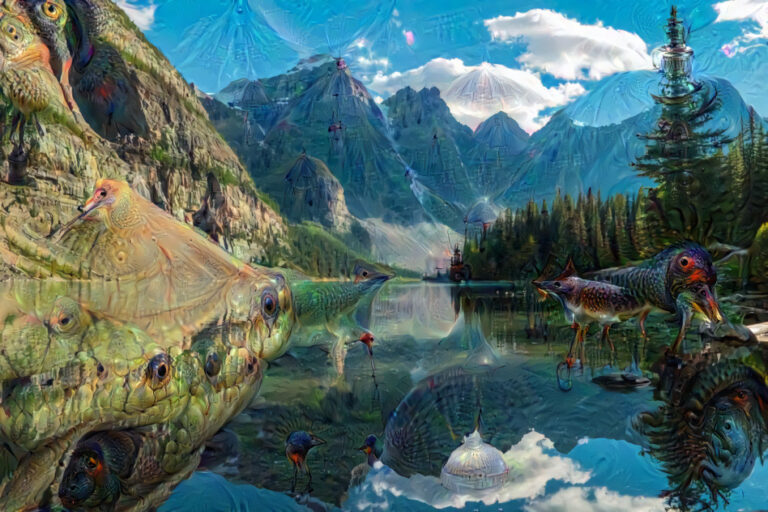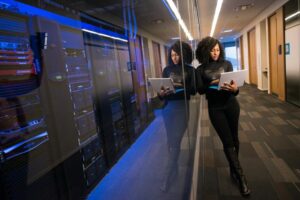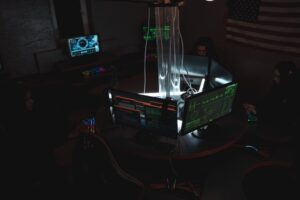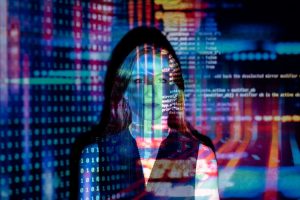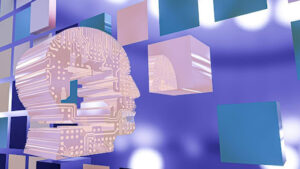Artificial Intelligence is starting to find its way into every industry with seemingly unlimited potential. As the field develops, researchers and companies, including Google’s DeepMind, are beginning to find ways to mimic human creativity.
Researchers have used deep learning and neural networks in attempts to read people’s dreams and recreate them in video, but what’s just as startling is the ability of some AI machines to ‘dream’. This suggests that AI is showing some sort of creativity without much human input.
Can Machine Learning Write Poems?
Google’s DeepMind is an AI company founded in 2010 at the forefront of creative AI.
“Your tomorrow lie in the sunset’s flower,
Your love should be forgotten in the woods.”
These two lines of the poem were generated by Google’s latest AI project ‘PoemPortraits’. The Artificial Intelligence takes a keyword of your choice, in this case, the keyword was ‘tomorrow’, and generates two lines of poetry. The algorithm used was trained with over 25 million words of nineteenth-century poetry.
“Google’s PoemPortraits AI uses complex statistical methods to create poems..”
It develops complex statistical models to determine what other words might be used based on the word you gave. One of the creators described the algorithm as working ‘a little like the predictive text’. As for the poem, it’s completely open for interpretation.
Can AI Create Paintings and Drawings?
An early example of AI doing this is Harold Cohen’s programme called AARON. The ‘AARON’ project began in 1973, and production has been continuous ever since. AARON can produce abstract art autonomously and in 2014, Harold Cohen was awarded the Distinguished Artist Award for Lifetime Achievement in Digital Arts by the ACM SIGGRAPH.
Since Cohen’s work, Google has again found itself at the forefront of this research with one of their partnering projects called DeepDream. If you could describe Google’s DeepDream in one word, it would be psychedelic. Trippy. DeepDream gives some idea to researchers about the inner workings of neural networks, which is what some may dub as the AI’s brain.
“DeepDream taps into an AI’s ability to ‘dream’ to create extremely psychedelic art .”
Nobody understands what happens inside a neural network, just like within the human brain. But AI typically works by interpreting a given input and then using its training and its algorithms to modify it and produce the most accurate output. That being said, an AI will always have an initial interpretation. DeepDream taps into this. Some AI is fed an image and DeepDream distorts the image based on what the AI’s original interpretation was.
Any mistakes that the AI makes when interpreting the image, DeepDream will incorporate that mistake when changing it. So if the AI mistakes a dog’s snoot in an image with an eyeball, DeepDream will recreate the image with the eyeball rather than the dog’s snoot.
A research paper published in the Schizophrenia Research journal suggests that deep dreaming AI, like DeepDream, can be used as a model for the development of psychosis in humans. The paper then suggests that such AI ‘models can generate testable predictions for psychosis.’
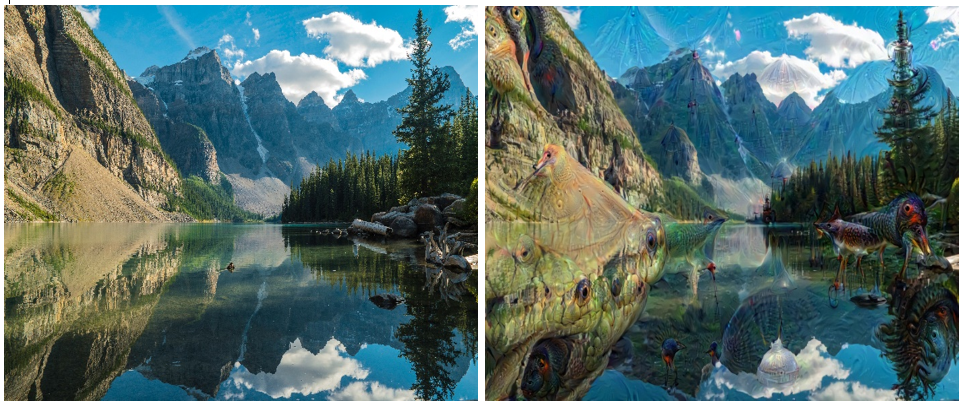
The image that the AI was given to interpret (left) vs the output of DeepDream (right)
DeepDream is free to use and has some interesting outputs. On the left of the above figure is an image of some landscape that the AI was provided with, on the right shows the output of DeepDream. This shows that AI’s original interpretation of the landscape is strangely different.
“Programs like DeepDream can be used as ‘models’ for the study of psychosis in humans.”
You can also tell the AI what to expect. So when it was told to expect a VanGough painting, its original interpretation of the landscape, as depicted by DeepDream, is something very similar to what VanGough might have drawn himself. This is shown in the figure below.
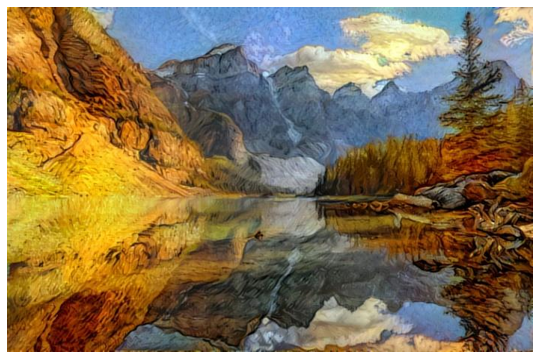
DeepDream’s output of the same landscape when the AI was trained to recognise VanGough paintings
What Does this Tell us about AI Creativity?
AI research has become so close to neuroscience and cognitive research and it’s clear to see why. It can be used to mimic human behaviour, such as in deepfakes, and predict human behaviour in some situations. AI can teach us so much about ourselves.
AI currently relies on statistical methods to try and produce poetry, but DeepDream shows that AI has some underlying artistry. There’s no evidence to suggest that AI expresses any kind of feelings or emotion in its art – which is what makes human art so great, but AI is clearly far more creative than we are ready to give it credit for.
Also, Read Reasons to Learn Machine Learning

